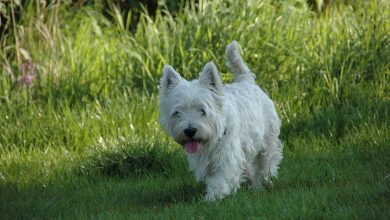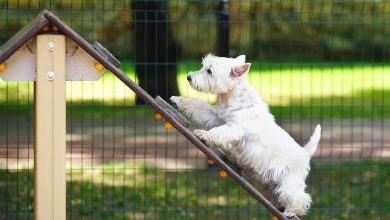Supraspinatus Tendinopathy is a common cause of forelimb lameness in dogs.
This month’s article looks at Supraspinatus Tendinopathy. Firstly, lets go through a little bit of anatomy so you can visualise things. We’ll also go through some basic terminology.
The Supraspinatus muscle is part of the rotator cuff muscles, these consist of four small, but very important muscles, as in humans the rotator cuff is designed to stabilise the head of the humerus (arm bone) in the socket of the scapula (shoulder blade), this forms a ball and socket joint at the shoulder. So, as you can imagine its quite a small muscle. When activated, the muscle extends the shoulder, in other words it lifts the arm forwards allowing the forelimb of the dog to reach forwards when walking, trotting, or running.
SUPRASPINATUS SYNDROME IS COMMON IN ACTIVE DOGS

Terminology
Tendinitis/Tendinosis – inflammation of the tendon
Tendinopathy– Degeneration of the tendon
Supraspinatus tendinopathy is a common cause of forelimb lameness in dogs, especially those that are performance or active dogs although this can also occur in companion dogs.
The most common cause is overuse due to chronic repetitive activity which in athletic dogs could include landing on an outstretched forelimb from a jump, quick turns, jump-turn combinations (this places the muscles under extreme stress in the shoulder). All of these are found in canine sports such as agility, flyball and herding. Because of this it is important to keep any dog in a comfortable and muscularly prepared state by using physical therapy to make sure the dog can achieve the aims of the sport/s without added stresses causing injury. Although I have mentioned supraspinatus tendinopathy in relation to sports dogs, it can also occur in common manoeuvres such as when a dog chases a squirrel or plays fetch.
Any continuous overload without intervention will cause tendon fibre disruption, this then causes the dreaded scar tissue within the tendon. This can compress the Biceps tendon and lead to secondary Biceps muscle issues. Mineralisation (calcium within the supraspinatus tendon) may occur or even bone remodelling.
Lameness is a common sign to occur and often worsens with activity and doesn’t improve with rest or anti-inflammatories. You may even see the forelimb swing outwards from the shoulder.
Other signs may include:
Shortened stride/step
Changes in performance
During a physical examination form the Vet or physical therapy practitioner may find other signs and symptoms:
▪ Discomfort on shoulder flexion (this stretches the supraspinatus muscle)
▪ Discomfort on palpation of the tendon
▪ Muscle atrophy (wasting) especially if chronic
(Discomfort on abduction caused by spasm of supraspinatus if concurrent with medial shoulder instability).
The Vet will likely suggest x-rays to rule out other bony disease, at the same time any mineralisation within the supraspinatus tendon or bone remodelling will show up. Other possible investigations would include:
▪ Ultrasound of the supraspinatus tendon
▪ MRI scan of the muscle and area
As mentioned previously, anti-inflammatories alone and rest don’t really improve the condition. To rehabilitate the tendon, it needs to be stimulated in order to create inflammation. Now this may sound crazy, but to heal a chronic injury we need to start from the very beginning!
In both humans and animals, we have something called the healing process, basically a time frame for inflammation. Contrary to popular belief we actually need inflammation to help heal structures, however we don’t want it hanging around for too long as it can then be detrimental. Inflammation helps protect the area from further damage and bring healing properties to the area. After a few days we then want to start to reduce the inflammation so we can gain movement in the joint and flexibility and strength to the muscle. So, once we have recreated the inflammatory process by stimulation, we can then use rest, anti-inflammatories, and appropriate rehabilitation to help heal the tendon.
Rehabilitation includes:
▪ Improving the range of motion at the joint
▪ Strengthening the muscle
▪ Flexibility
▪ Reconditioning for long term use with appropriate exercises
If none of that works and the issue is caused by mineralisation then surgery may be required to remove the calcium deposits. If this is the cause then you can expect to see improvement in two to four weeks post-surgery and full recovery in six to eight weeks, and rehabilitation with appropriate exercises would be important to follow up with.
Faye Andrews is a human and canine osteopath and runs her own clinic in Surrey.






